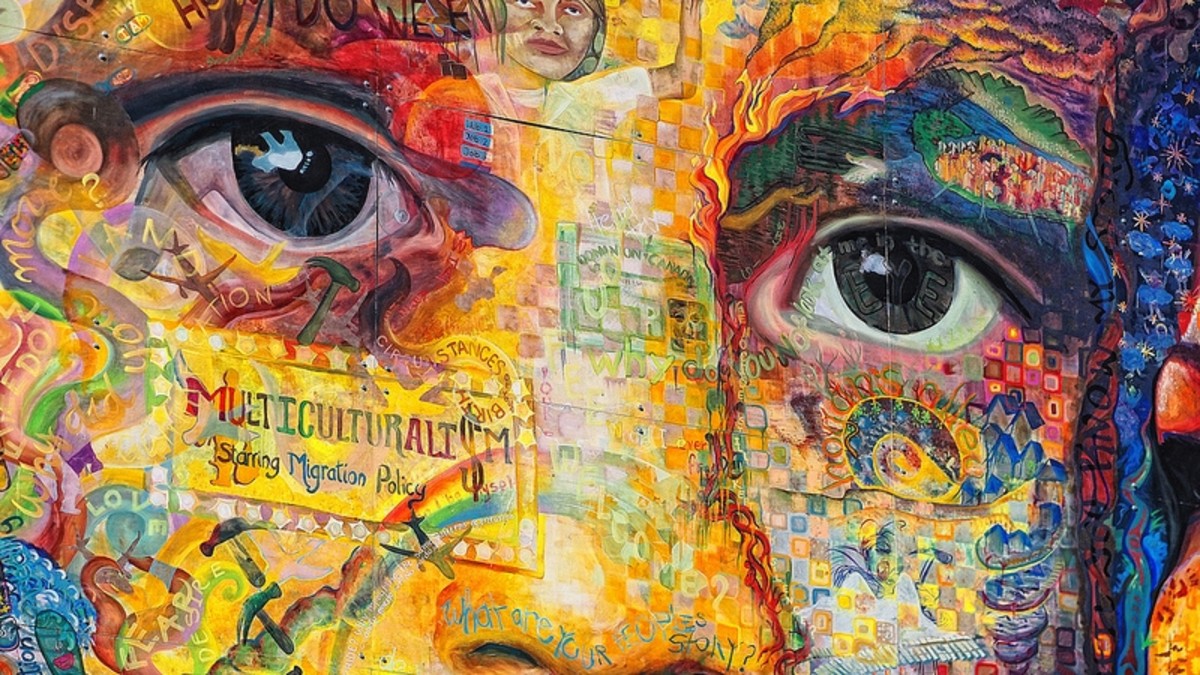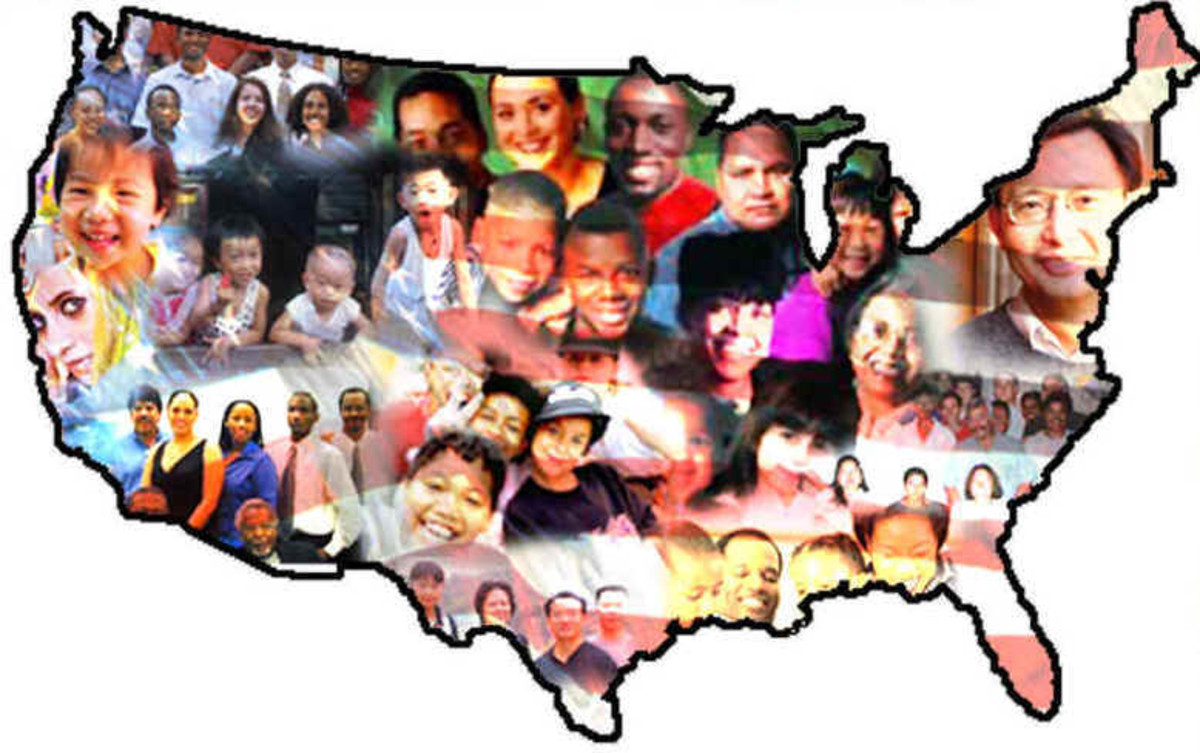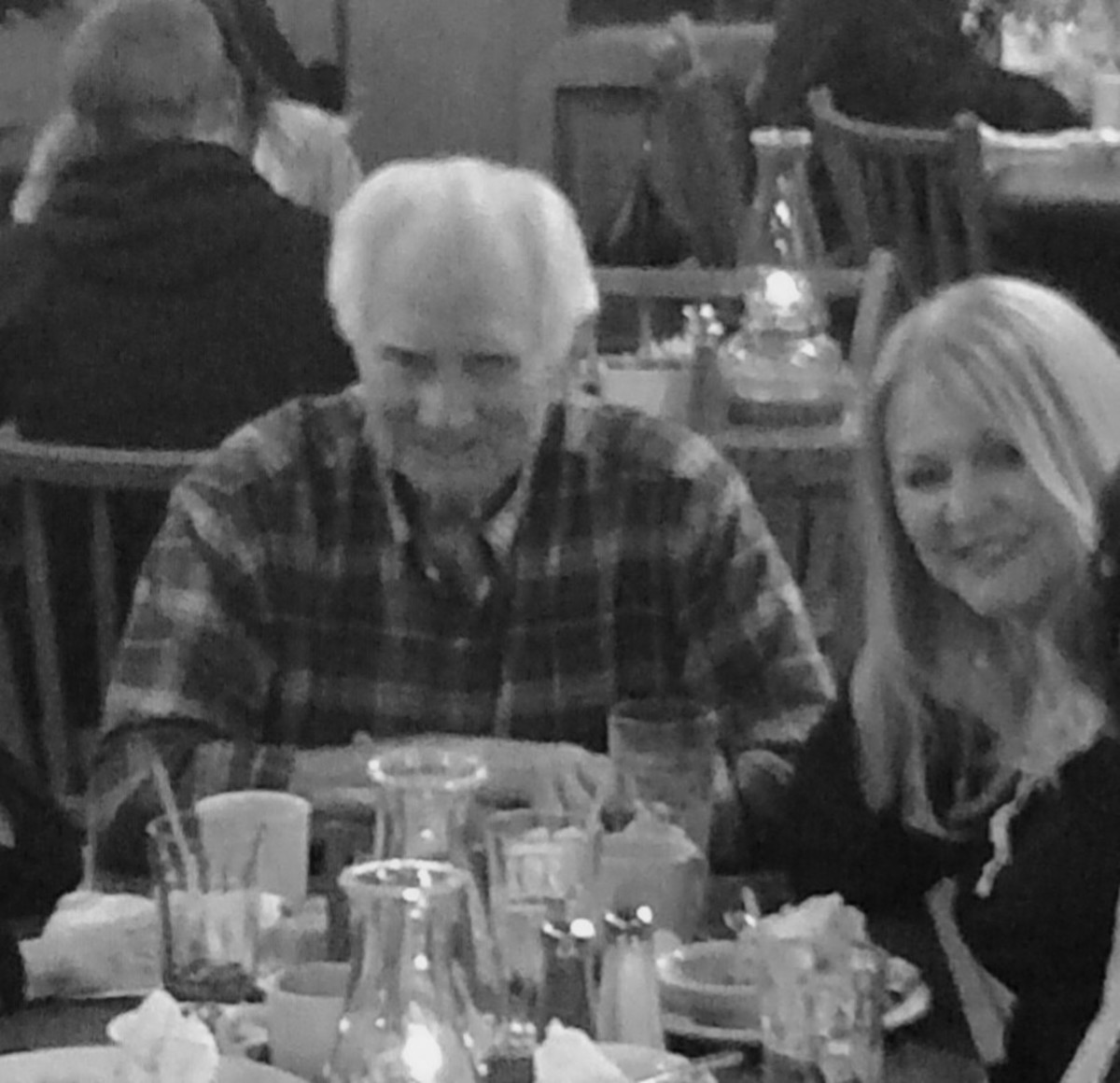Searching for the Melting Pot and Finding Stew Instead

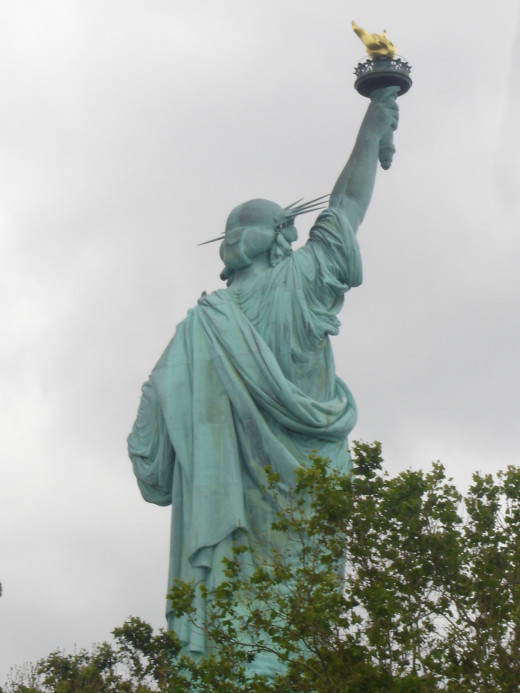
For most of my life, I have been searching for the melting pot, the idea, according to The Washington Post, that this country can transform all immigrants into “new alloys forged in a crucible of democracy, freedom, and civic responsibility.” I haven’t found the melting pot yet, but what I’ve found might actually be better.
When I was growing up in Philadelphia, St. Louis, New Jersey, Pittsburgh, and New York, I thought I lived in the melting pot. The words on the Statue of Liberty—“Give me your tired, your poor, your huddled masses yearning to breathe free”—meant something to me when I was young. I thought segregation was a thing of the distant past. I thought we were all supposed to become one nation, under God, indivisible, with liberty and justice for all. I believed what it said on my money: E pluribus unum, “from many … one.”
During the 1960s, I looked for the melting pot on TV, but the networks mainly showed “white” shows like The Andy Griffith Show, Gilligan’s Island, or The Lawrence Welk Show. Only occasionally would Sammy Davis, Jr., Harry Belafonte, or Diana Ross and the Supremes sing on variety shows.
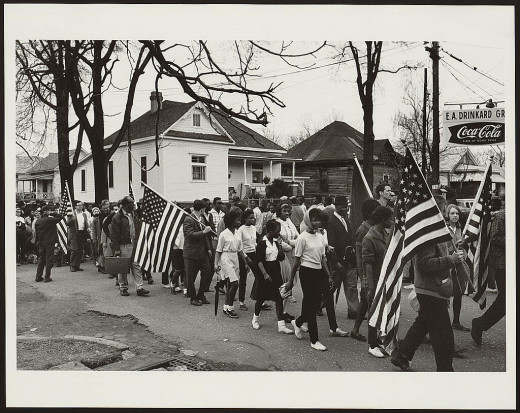
I saw civil rights marches and heard folks singing “We Shall Overcome.” I heard about the riots and demonstrations in Chicago, Newark, Detroit, New York, and Washington, DC. I saw multicultural picket lines and people taunting the picketers.
I saw green body bags and flag-draped coffins coming home from Vietnam and draft dodgers and hippies protesting the war. I heard Marvin Gaye singing, “What’s going on?” I lived in neighborhoods as diverse as the United Nations, I played with kids who were every color of the rainbow, and yet, we weren’t melting—and the world was stewing.
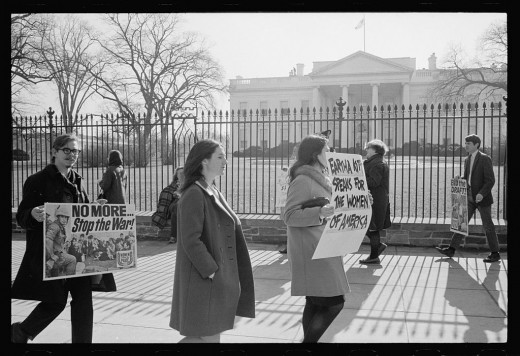
Over only a few years’ time, my best friend Lloyd went from calling himself Negro, to calling himself black, to calling himself an African-American.
“You’re still Lloyd, right?” I asked him.
“Yeah,” he said. “So?”
“Well, I’ll just keep calling you by your name, all right?”
Lloyd didn’t have a problem with that. “What kind of white person are you?”
I told him of my Scotch-Irish-Canadian ancestry.
“Man,” he said, “I’ll just call you by your name, too.”
In the middle of the hyphen-nation craze in the 1970s, my best friend and I stuck to our names. We didn’t know yet what it was to be “politically correct.”
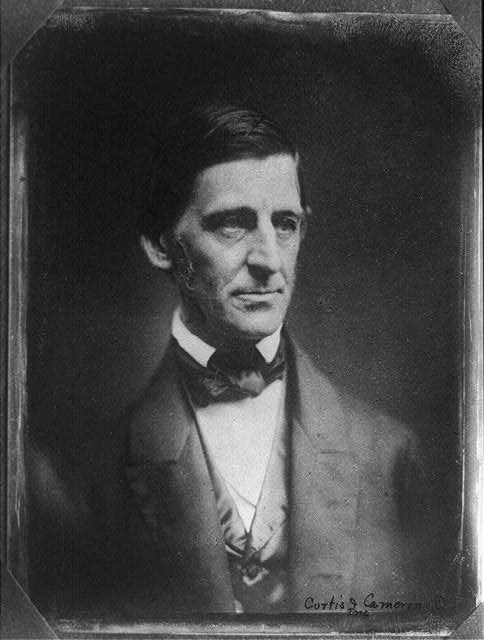
By the time I moved to the sleepy town of West Lafayette, Indiana, in 1979, I had almost given up on the idea of the melting pot. But when I read parts of Ralph Waldo Emerson’s journal, the melting pot idea returned. Emerson called this continent “an asylum of all nations.” He thought “the energy of Irish, Germans, Swedes, Poles, and Cossacks, and all the European tribes, of the Africans, and of the Polynesians [would] construct a new race, a new religion, a new state, [and] a new literature, which [would] be as vigorous as the new Europe which came out of the smelting-pot of the Dark Ages.” Emerson reawakened my need for the melting pot as an asylum, a refuge, and a safe place for all people.
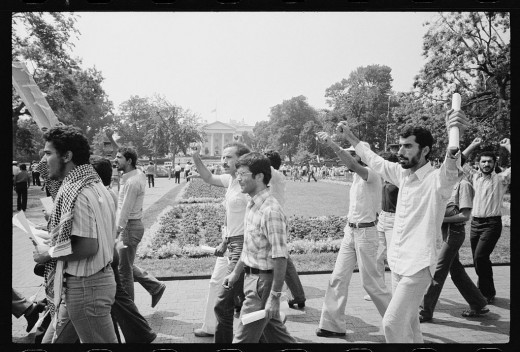
And then Siamak Naraghi, an Iranian, enrolled at my high school while the hostage crisis was going on in Iran. I interviewed him for the school newspaper, and he told me: “I have been cursed and threatened many times for only being here. I have nothing to do with the Ayatollah or what’s going on in my country, but you Americans think I am guilty here for what is happening over there.”
That damaged my view of the melting pot, and I damaged my eyes by reading Israel Zangwill’s play called The Melting Pot. It was a mediocre play at best, but it contained the famous lines: “America is God’s Crucible, the great Melting-Pot where all the races of Europe are melting and re-forming!”
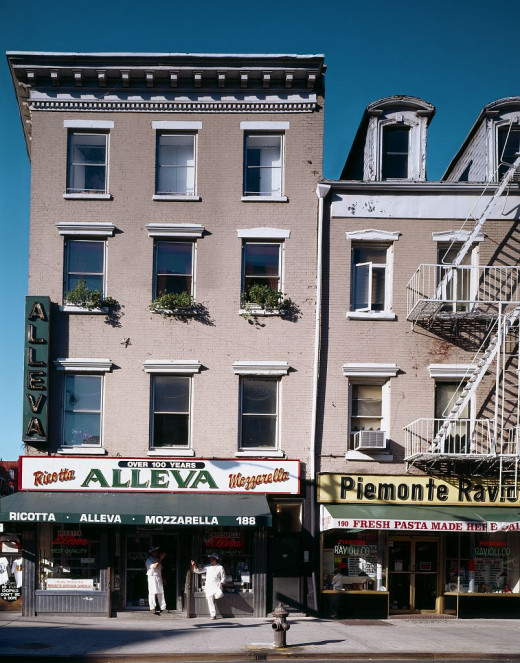
Even I knew that hadn’t happened. There were Little Italy’s in New York, Cleveland, Chicago, San Diego, Baltimore, and San Francisco. Nineteen North American cities had officially recognized Chinatowns. There was Harlem, and then there was Spanish Harlem. Separation. Self-segregation. The great melting pot did not exist.
I went to college, thinking, “Maybe I’ll find the melting pot here.” I didn’t. My college was all white and had need for only one student union as a result. We didn’t have organizations like the Multicultural Student Association, the Black Student Union, the Hispanic Cultural Association, the Asian Pacific Islander Club, and the International Students Association.
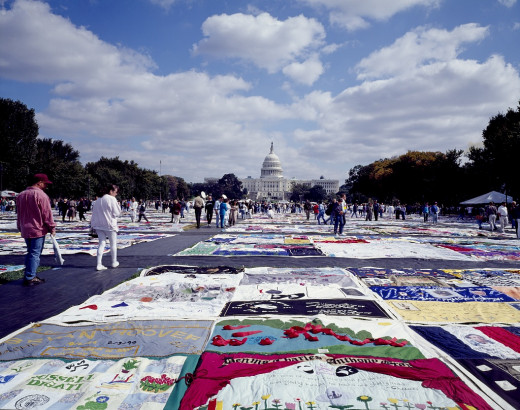
To complicate matters, I read that Jesse Jackson once said, “I hear that melting-pot stuff a lot, and all I can say is that we haven’t melted. America is not like a blanket—one piece of unbroken cloth, the same color, the same texture, the same size. America is more like a quilt—many patches, many pieces, many colors, many sizes, all woven and held together by a common thread.”
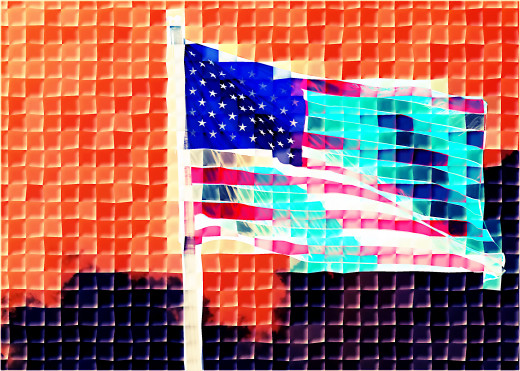
To complicate things even further, President Jimmy Carter said, “We have become not a melting pot, but a beautiful mosaic. Different people, different beliefs, different yearnings, different hopes, different dreams.”
We were suddenly a quilt held together by threads, or we were a mosaic, a medley of songs pieced together, a box of assorted donuts with different fillings, a montage of different people. But what would happen if the pieces of that mosaic became unglued? What would happen if that common thread became frayed and began to unravel? What was our common thread anyway? Did we even have a common thread?
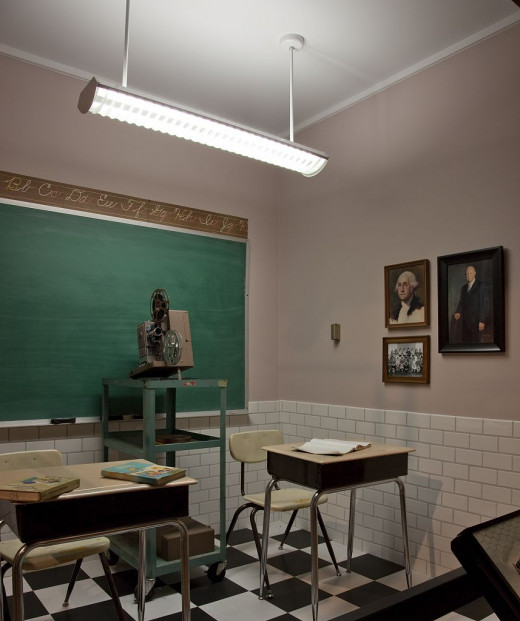
After escaping graduate school, I started teaching in Virginia. I thought I could bring my melting pot ideas to my students. I was going to open some minds and some hearts. I was going to transform my classroom into the ultimate melting pot.
On the first day of school, I looked from the English literature textbook to the students in front of me. I looked at all the dead, white, male writers inhabiting the textbook, and I looked at the “rainbows” in my classes. Did the makers of this textbook seriously think that these dead, white, male writers were going to have any impact on or relevance in my rainbow students’ lives?
I brought this lapse of logic to the attention of my department head. “Stick to the curriculum,” my department head told me. “All our students must have a common knowledge of American literature. These are our core American readings, and we must stick to the core.”
I thought it was all rotten to the core. My students did not measure their lives by homework assignments, graduation dates, or this core of so-called “American” literature. They measured their lives by obstetrician appointments, court dates, social services visits, and obituaries. We were only providing them with the threads of knowledge. We were only giving them lint, pulled, picked at, and flicked away if found at all. We weren’t giving them a common thread at all.
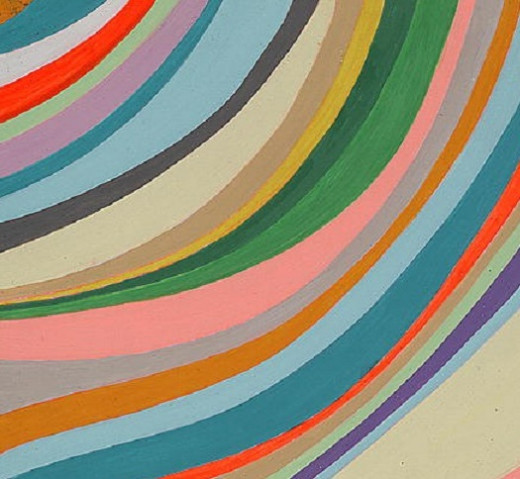
I made a decision back then, and I have never regretted making it. I decided to teach multiculturally long before it was politically correct to do so. I taught the bare homogenized bones of what the state of Virginia was going to test my students on every spring. And then I supplemented my students’ readings with James Baldwin, Amy Tan, Sonia Sanchez, Richard Wright, Lorraine Hansberry, Zora Neale Hurston, Ralph Ellison, William Least Heat Moon, Nikki Giovanni, Maya Angelou, and Sandra Cisneros. At first, my wonderful rainbow students yawned. A few even complained. I plowed on, and eventually, they said, “Hey, this is our literature. Cool.”
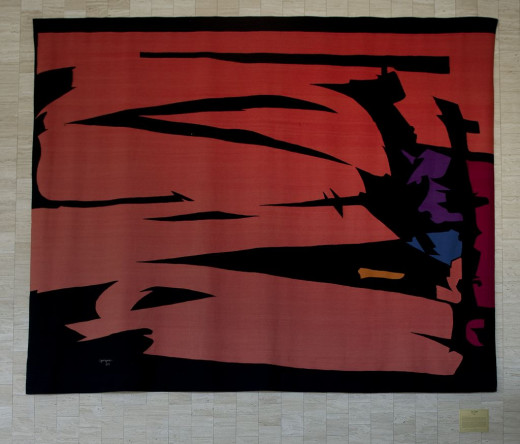
I taught multiculturally for a decade before the school district created a sudden mandate for diversity. My students and I had already learned what Maya Angelou had said about diversity, that there is beauty and strength in diversity. Sometimes it seems as if diversity is the only thing that we have in common in the United States. Each of us is a unique thread woven into the tapestry of America, and somehow the tapestry holds together. Maybe diversity is our only common thread.
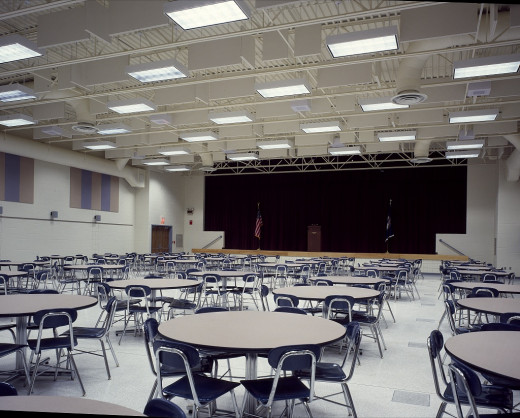
In the mid-80s, I saw diversity during lunch duty in the cafeteria, but it was the diversity of separation. I saw the Asian table, the Caribbean table, the homeboy table, the country boy table, the beautiful people table, the gear-head table, the jock table, and the refugee table. I saw racial and socioeconomic cliques in full force, and the only thing melting in that cafeteria was the cheese on the nachos.
And then something strange happened in the mid- to late-1980s when hip-hop music hit the scene. Like rock ‘n roll in the 1950s and the Motown sound of the 1960s, hip-hop music crossed many boundaries seemingly overnight. These kids were checking the rhyme with A Tribe Called Quest, not getting any sleep in Brooklyn with the Beastie Boys, rapping along with Doug E. Fresh, learning how to spell U-N-I-T-Y with Queen Latifah, wearing Adidas because of Run-DMC, and even doing some strange flapping dances thanks to Vanilla Ice.
I DJ-ed a dance and played nothing but hip-hop music, and everyone was dancing. I had never seen that happen before at any school dance. I can still see a Laotian refugee doing “The Running Man” and a group of Vietnamese students doing “The Cabbage Patch” in the middle of a crowd popping and locking. As I watched, I thought I was on to something. I thought at that moment that these young people were the melting pot. I believed that this next generation was going to see the melting pot during its lifetime. It’s here! I thought. It’s right here on this dance floor thanks to Kool Moe Dee.
But when the music ended and the students spilled out of the gym, the melting pot evaporated. Sure they dressed alike, slung the same slang, and listened to similar music, but when it was time to go home, they went their separate ways and segregated themselves in the cafeteria as usual the following Monday.

I don’t know if the melting pot will ever exist in this country, but I haven’t given up hope. It’s a wonderful idea, but maybe that’s all the melting pot was ever meant to be—an idea. Until it does exist, even if only for moments at a time, I’m going to believe that this nation is a big pot of stew, like nail soup from the old children’s story. Everyone in this country adds to the flavor, everyone in this country adds to the spice, and everyone in this country inevitably adds to the meal. America’s new motto could be E pluribus coquae, ius unum:
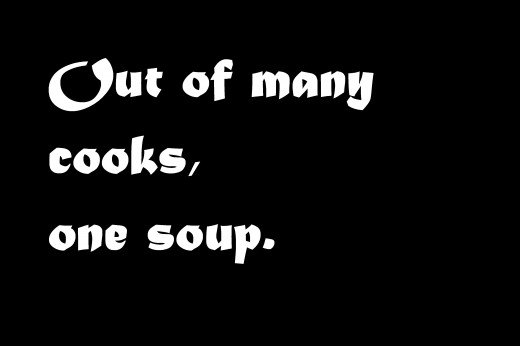
Sources
- washingtonpost.com: Myth of the Melting Pot: America's Racial and Ethnic Divides
- The Quotations Home Page - African American Expression - Jesse Jackson
African American Expression - Jesse Jackson - Jimmy Carter Quotes - USHistorySite.com
James Earl Jimmy Carter quotes and speeches



